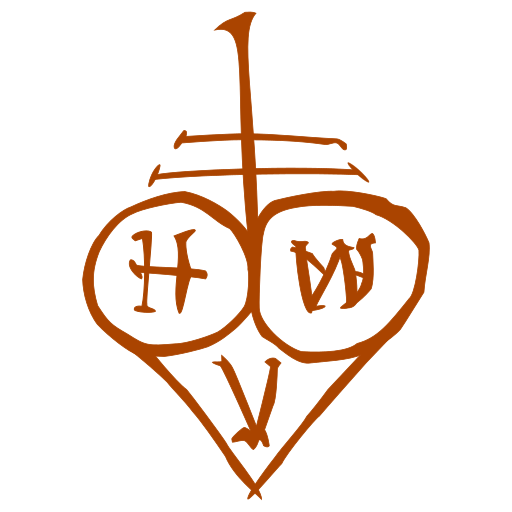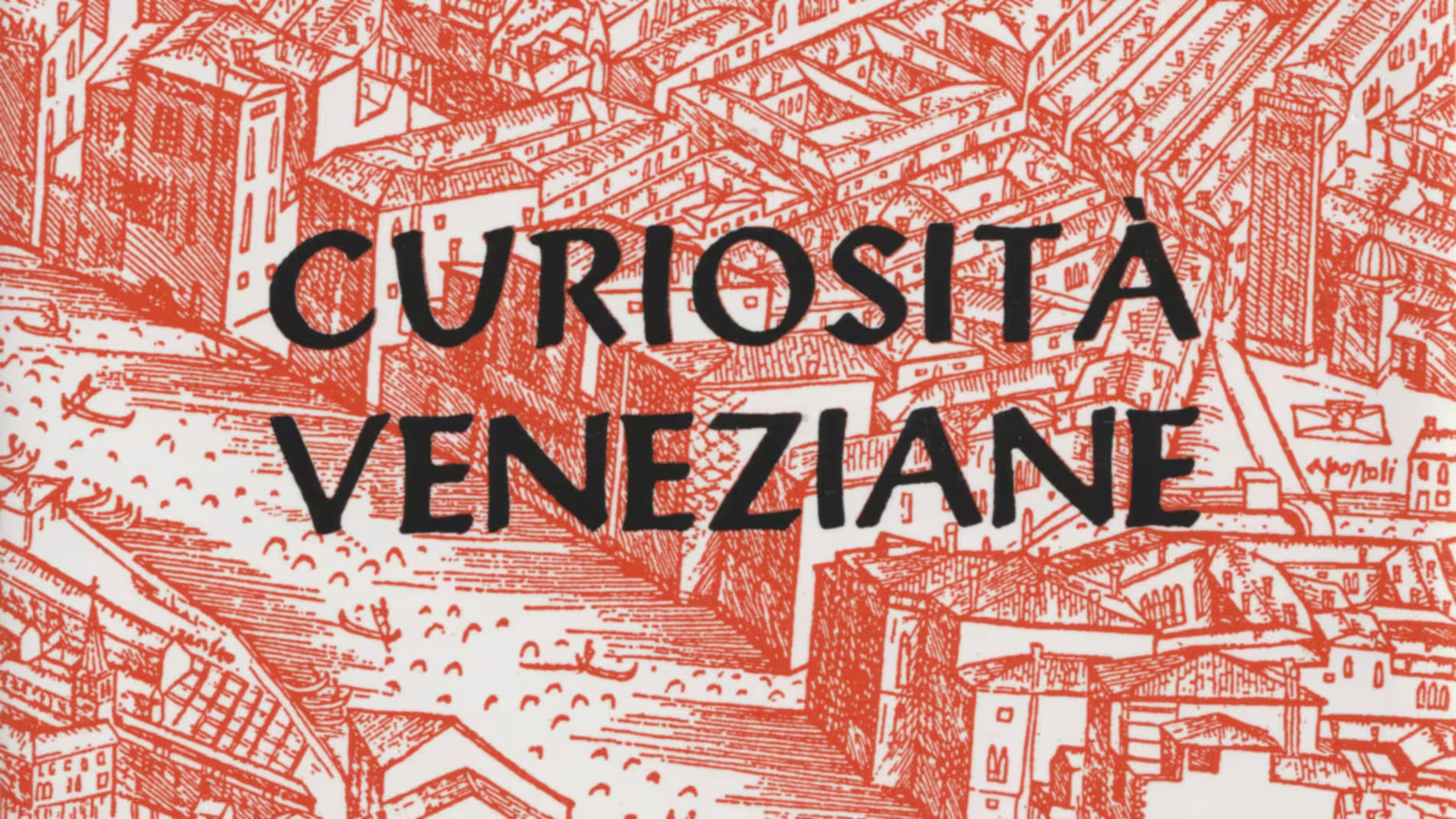Caselleria (Calle di) at S. Maria Formosa
Curiosità Veneziane by Giuseppe Tassini is the go-to book for information on Venetian toponyms, and a treasure trove of curious historical titbits. First published in 1863, it is still being reprinted regularly.
There is no English translation of the book, so I will translate selected entries on this site, whenever they’re used as sources for articles.
Caselleria (Calle di) at S. Maria Formosa. Here the casselleri lived, whereupon Lauredana Cappello relita del q. M. Laurentio Cappello notified in 1514 that she owned in S. M. Formosa in Casselleria, case n. 4 cum le sue botege de casseller.1 The Cappello coat of arms is still carved on the walls. Then Gallicciolli and Mutinelli were mistaken in believing that by casselleri we should mean the builders of houses, according to the ancient way of writing cassa per house (casa). The casselleri were the manufacturers of cases, as clearly results from a law of the M. C.2 of the year 1322 (Neptunus), where it is said: cum cassellarii de Venetia possint trahere de Venet: franchum lignum laboratum per cassellas pro suo laboratorio.3 These crates were used to ship goods, or to contain the dowries of new brides. Quadri recalls in his Descrizione topografica4 of Venice that many ancient families still have some boxes destined for this last purpose, richly inlaid with ebony, ivory and mother-of-pearl, with the still visible traces of the setting of precious stones. He adds that, even today, there are panels painted by good masters, which originally formed the lid and sides of some of the boxes themselves. The casselleri had their devotional school,5 dedicated to St. Joseph, at the church of Santa Maria Formosa. In the 10th century, according to De Monacis, they numbered more than 400, and they distinguished themselves a lot in defeating the Trieste or Istrian pirates, who were fleeing on a galley, taking with them the kidnapped Venetian brides shortly before. Gallicciolli6 reports a passage from the Mariegola7 of the school conceived as follows: Et i casselleri de la contrà de S. Maria Formosa se misseno in ponto, e ben in ordene, facendo pavexi de le tavole che loro feva le casse, e tutti andono adosso la galia, e quella investino, e fono essi casselleri che fono i primi che montassero sopra essa galia, e fono morti assai da tutte doi le parte, et tajono a pezzi tutti li Triestini, non ne facendo alcuno de loro prexon. Et questo volse el doxe aciò i non havesse sepoltura li corpi soi in terra, ma che el mar fosse il suo molimento per la luzuria granda et offexa che feceno ai Vinitiani.8 It is said that the casselleri won victory on the day of the Purification of the Virgin Mary, and returned to their homes, they asked the doge that annually, on the eve and on the day of this feast, he visited the church of S. Maria Formosa with the Signoria.9 It is also said that the doge jokingly opposed them — And if it were to rain? What if we were thirsty? — to which they replied — We will give you hats to cover yourself with. We will give you something to drink. — This supposedly gave rise to the gift of the two paper or golden straw hats and the two flasks of malvasía10 with two oranges on top, which the parish priest of S. Maria Formosa used to give to the prince on that occasion. See S. Pietro (Parrocchia ecc. di).
Priuli notes in the Diarii that in 1505 a huge fire11 broke out in the Casselleria.
Translator’s notes
- “Houses four with their box-maker workshops.”
- The Maggior Consiglio — the highest authority of the Republic of Venice.
- Tentative translation: “with the box-makers from Venice they can draw from the Veneti: free wood for making boxes for their workshops.” (caveat: my Latin is not very good — sorry!) The Veneti would be the people from the mainland, the ancient Roman province of Venetia et Histria, while the people of the lagoon were the Venetici.
- Antonio Quadri: Descrizione topografica di Venezia e delle lagune, corredata di 34 tavole, 1844. (Available on Google Books).
- In Venice a schola or a scuola meant a guild, a confraternity or a charity. In this case it’s the guild of the box-makers.
- Giambattista Gallicciolli: Delle memorie venete antiche profane ed ecclesiastiche raccolte da Giambattista Gallicciolli, Vol. VI, Fracasso, 1795, p. 6. (Available on Google Books).
- The mariegola is the statute of a Venetian scuola or guild. The mariegola in question is from 1449.
- “And the box makers from the area of S. Maria Formosa were ready, and in good order, making shields of the planks with which they made the boxes, and everybody embarked on the galley, and they rammed it, and the box makers were the first to board the galley, and many died on both sides, and they cut the Triestini in pieces, not taking anybody their prisoner. And this turned the Doge thus that they shouldn’t be buried on land, but that the sea would be their tomb due to the great injustice and offence they had done the Venetians” — my translation from the Venetian.
- The Signoria means the Doge and his six councillors, the closest the Venetian state had to an executive.
- Malvasia is a Greek wine, which was very popular in Venice.
- See also List of fires in Venice.
Related entries
- Bande (Ponte, Calle delle) – Curiosità Veneziane
- S. Pietro (Parrocchia, Campo, Ponte di) – Curiosità Veneziane
Related articles
Localities
Original Italian text
Casselleria (Calle di) a S. Maria Formosa in Curiosità Veneziane.


Leave a Reply